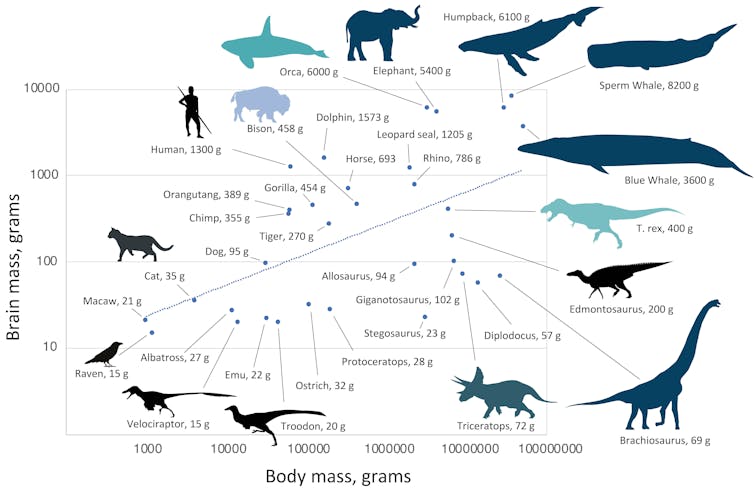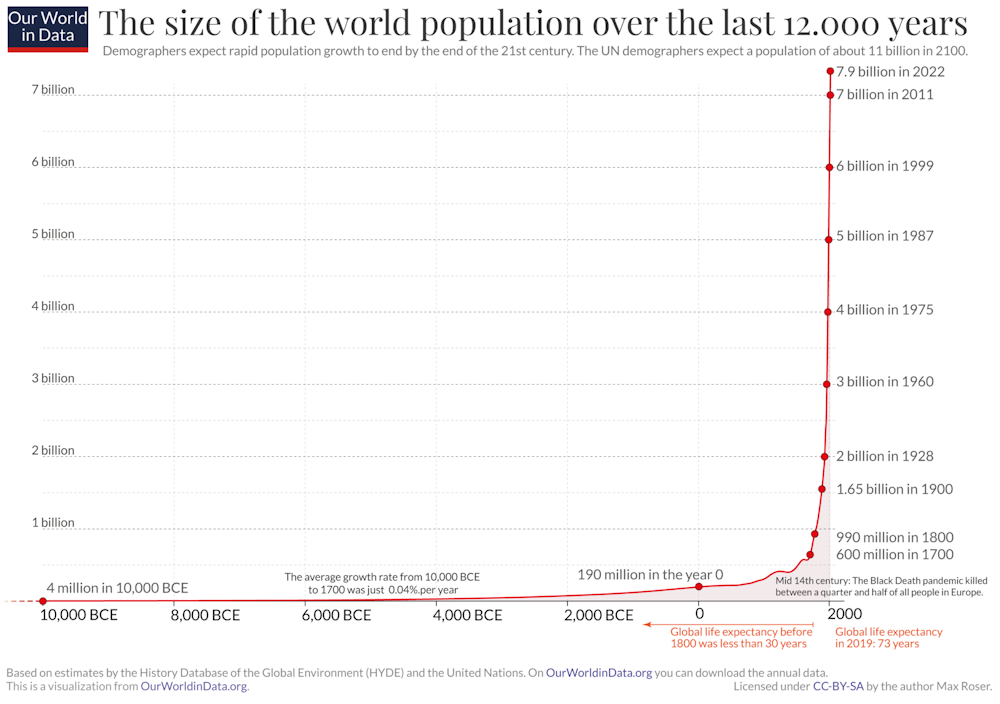Anyone Want an Indoor Geology Course?
The following has appeared on the Teme Valley Geological Society's mailing list. Some of you may be tempted to reply to John Nicklin at martleypfo@gmail.com
======================================================
GEOLOGY COURSES
We have previously raised the question of geology courses. Nick Chidlaw has offered a wealth of these, both in and outdoors. For now perhaps focus on the indoor ones (although the formations are much more visible in the winter months of course).
Here is one--£30/person min 10 enrollees:--
PERMIAN STRATA IN NORTH EAST ENGLAND: continental dune fields, marine reefs and karstic collapse
Indoor day 10.00 am – 5.00 pm Martley Hall
During the Permian period (299 – 252 million years ago), the crust that became the British Isles was located just north of the equator, under a hot, dry climate. Here, continental environments characterised the period, except in parts of north, where in Mid and Late Permian times episodic marine incursions laid down mostly carbonate sediments with interbedded evaporites. In the north east of England, Permian strata of both continental and marine origin are well represented and exposed, particularly along the attractive coastline. They are impressive, reflecting a variety of environments: continental dune fields, succeeded by both deep and shallow water shelf deposits, including an extensive bryozoan reef belt 20 miles long and up to 100m high. In some of the marine strata, fish, land plants and land reptile remains are preserved. Localised as well as extensive wholesale landsliding of the marine shelf is evident. In what are now the onshore areas, the evaporites (chiefly halite and anhydrite) were subsequently mostly dissolved, forming impressive collapse features. Bizarre concretionary structures, which may have developed in much more recent geological times, characterize some of the carbonates.
Nick also runs a course on our local Martley geology but he felt that you would all know this too well (hands up, I don't, so maybe he assumes too much)
I know email circulations are not usually productive in assembling groups of participants, but let me know if you will. When? If numbers materialise we'll sort it out as Nick is pretty busy.
===============================

